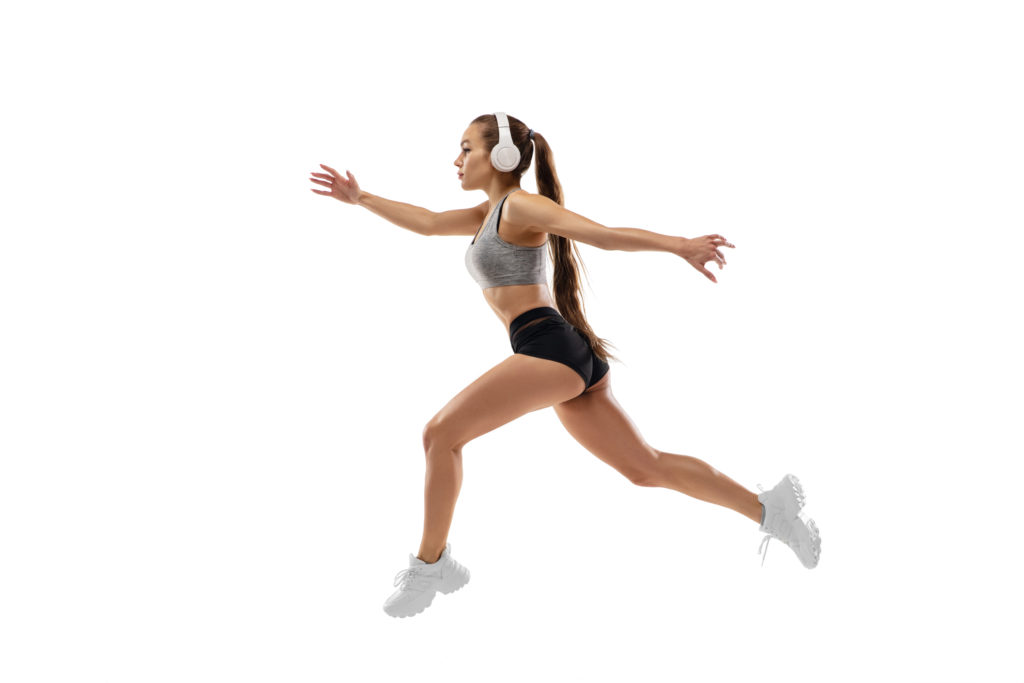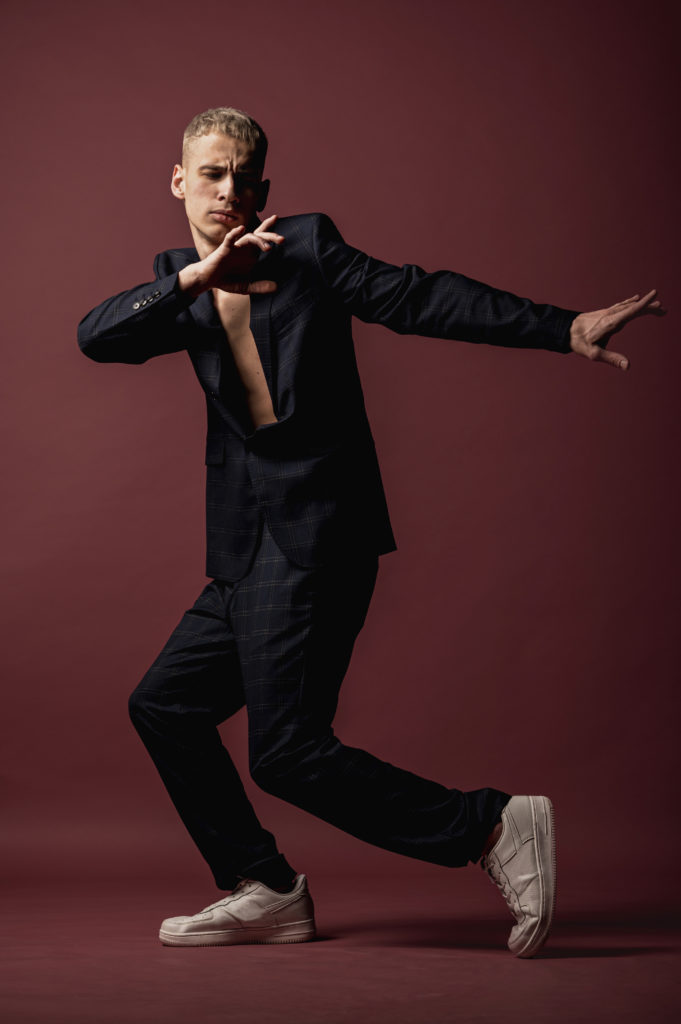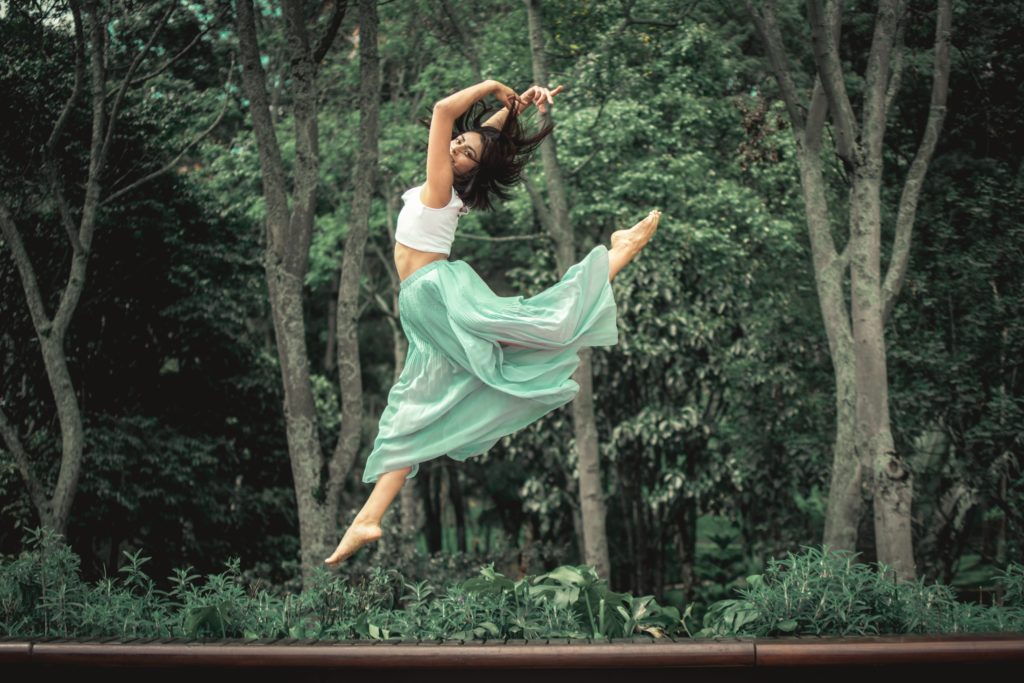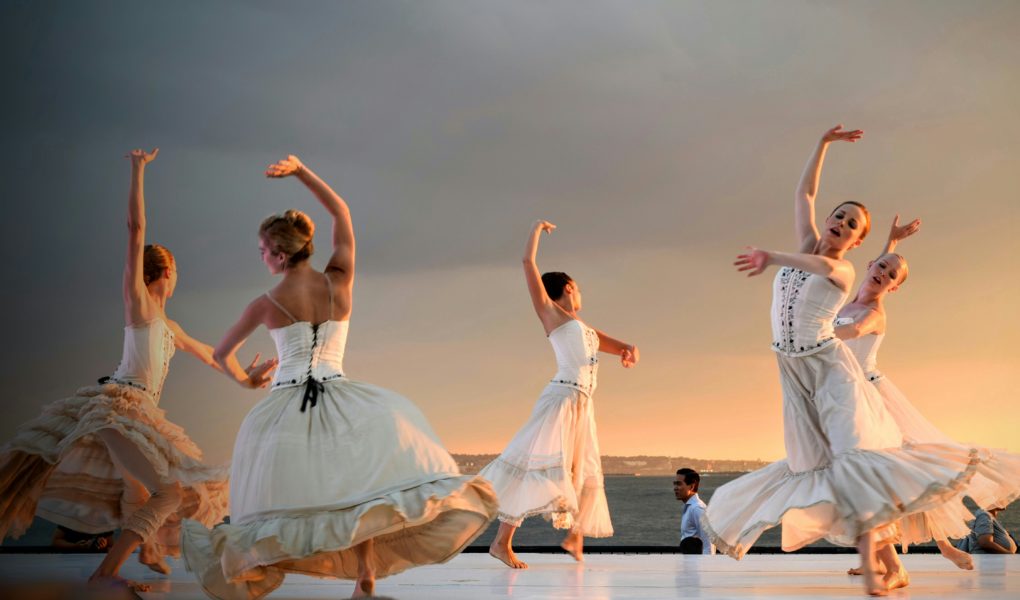Transitions are a HUGE aspect of dance that dancers often forget about!
If you’re still new to dance, you may be thinking, “Wait.. what are dance transitions anyway and why do we need them?”.
Simply put: a transition in dance is the way in which a dancer moves from one position, step, or movement to another and is needed to better utilize stage space.
An Awesome Example of Effective Transitions in K-pop Dance:
The video below is an excellent example of how transitions can make your dance exciting and attention-grabbing! It even has a counter in the left-hand corner that tracks how many transitions the k-pop group is making!
Transitions can help you:
- Seamlessly join your movements
- Move across the room or stage
- Change your dance group formations – e.g. change from a line formation to a circular formation
- Switch dancers’ positions – e.g. have the front dancers move to the back and visa versa
Without transitions, your dance will lack variety, fluidity and may appear choppy or outright awkward.
There are many different types of transitions in dance, but to keep it simple, we’ll be discussing just two major types:
- Traveling transition – the dancer moves across the stage from one position to another.
- Transitional step – the dancer performs a simple movement or series of movements to bridge the gap between two more complex movements.

Traveling transition examples:
- Running from one position to another (often seen in fast-paced k-pop and hip-hop dances)

- Sliding from one position to another

- Leaping from one position to another
Transitional step examples:
- A body roll between two poses or movements
- A shoulder roll backwards between two poses or movements
- A fluid arm or leg movement between two poses or movements
Transitions also have the power to convey emotion and narrative. They can create a sense of drama, tension or add meaning to the dance.
- A slow, fluid transition – can create a sense of longing or yearning
- A sharp, sudden transition – can create a sense of urgency or danger.
One of the most important aspects of a transition is its timing. A transition needs to be done at the right moment – which is often best when in time with the music. It also needs to flow well with the other dancers on stage, so be sure to be mindful of these aspects when deciding your transitions.
How Can Transitions Make Your Dance More Exciting?
The better you get at transitions, the more seamless your dance becomes. Transitions also create more variety in your dance, so we highly suggest including them wherever possible. This will ensure your audience maintains interest, just like when you watch good quality videos. These videos often include different words, pictures and videos that fly in and out of your vision, maintaining your attention.
As always, we wish you all the best with your dance journey, and look forward to seeing you back again soon for more tips and advice on dancing! Feel free to comment below if you have any questions or requests for extra content!
❤️ If this article has inspired you in any way, please support us by sharing it with your loved ones, classmates or colleagues. We are so grateful for your support as it helps us bring a little extra magic into the lives of more people. When you share, you show you care. ❤️
Credit and thanks to:
– Anthony Tran on Unsplash for featured thumbnail picture
– master1305 on Freepik for run picture
– Freepik for slide picture
– Nicolas Ladino Silva on Unsplash for leap picture.



